1960 Giulietta SZ
The Alfa Romeo Giulietta (Tipo 750 and Tipo 101, meaning "Type 750" and "Type 101") was a family of automobiles made by Italian car manufacturer Alfa Romeo from 1954 to 1965 which included a 2+2 coupé, four-door saloon, estate, spider, Sprint, and Sprint Speciale. The 2+2 was Alfa Romeo's first successful foray into the 1.3-litre class. From 1954 to 1965 a total of 177,690 Giuliettas were made, the great majority in saloon (Berlina), Sprint coupé, or Spider body styles, but also as Sprint Speciale and Sprint Zagato coupés, and the rare Promiscua estate.
1963 Giulia TZ
The Alfa Romeo Giulia TZ (also known as the Alfa Romeo TZ or Tubolare Zagato) was a sports car and racing car manufactured by Alfa Romeo from 1963 to 1967. It replaced the Giulietta SZ. In 2011, the name was reduced from Giulia TZ to TZ in the new TZ3 model.
1965 GTA
The Alfa Romeo GTA is a coupé automobile manufactured by the Italian manufacturer Alfa Romeo from 1965 to 1971. It was made for racing (Corsa) and road use (Stradale).
In 1962, the successor for the very popular Giulietta series was introduced. This car was the Alfa Romeo Giulia, internally called the "Series 105". The coupé of the 105 series, used the shortened floorpan from the Giulia Berlina and was designed by Bertone. The name of the car evolved from Giulia Sprint GT to Giulia Sprint and to GTJ (Junior) and GTV (Veloce) in the late 1960s.
At the time, Alfa Romeo was very active in motorsport. Autodelta, the racing division of Alfa, developed a car for competition that closely resembled to the roadgoing model. These cars were named GTA instead of GT, the 'A' standing for "Alleggerita", Italian for lightweight. The GTA was produced first in 1965 as a 1600 (1570 cc) and later as a 1300 Junior version. The GTA automobiles were also manufactured in either street (Stradale) or pure race (Corsa) trim.
1965 Tipo 33
The Alfa Romeo Tipo 33 was a sports racing prototype raced by the Alfa Romeo factory-backed team between 1967 and 1977. These cars took part for Sport Cars World Championship, Nordic Challenge Cup, Interserie and CanAm series. A small number of road going cars were derived from it in 1967, called Alfa Romeo 33 Stradale.
With the 33TT12 Alfa Romeo won the 1975 World Championship for Makes, and with the 33SC12 the 1977 World Championship for Sports Cars, taking the first place in all eight of the championship races.
1968 33/2
In 1968, Alfa's subsidiary, Autodelta, created an evolution model called 33/2. A road version, dubbed Alfa Romeo 33 Stradale, was also introduced. At the 24 Hours of Daytona, the Porsche 907 with 2.2L engines were dominating the overall race, but Alfa took the 2-litre class win, with Udo Schütz and Nino Vaccarella; after that the car was named as "Daytona". Win was repeated at the Targa Florio, where Nanni Galli and Ignazio Giunti also took second place overall, followed by teammates Lucien Bianchi and Mario Casoni. Galli and Giunti then won the class at the Nürburgring 1000 km, where the 2.5L version finished for the first time, 4th place in the 3.0L class with Schütz and Bianchi. However, in most races, the Alfa drivers were outclassed by their Porsche rivals which used bigger engines. In 1968, the car was used mainly by privateers, winning its class in the 1000km Monza, Targa Florio and Nürburgring races. At the end of season Alfa Romeo had finished third in the 1968 International Championship for Makes.
A total of 28 cars were built during 1968, allowing the 33/2 to be homologated as a Group 4 Sports Car for 1969.
1969 33/3
The Alfa Romeo 33/3 made its debut in 1969 at the 12 Hours of Sebring. The engine was enlarged to 2998 cc (183ci) with 400 hp (298 kW), which put the 33/3 in the same class as the Porsche 908 and the Ferrari 312P. The chassis was now a monocoque. The new car did poorly at Sebring and Alfa did not take part in Le Mans after Lucien Bianchi's death in a practice session. The car took a couple of wins in smaller competitions but overall the 1969 season was not a successful one, and Alfa Romeo was placed seventh in the 1969 International Championship for Makes.
In 1970 the bigger 5.0L Porsche 917 and Ferrari 512 dominated, yet Toine Hezemans and Masten Gregory took third overall at Sebring, and Andrea De Adamich and Henri Pescarolo won their class in the 1000km Zeltweg, finishing second overall. Also in 1970, an Alfa T 33/3 was one of the "actors" of Steve McQueen's movie Le Mans, released in 1971.



_fR.jpg/1024px-1960_Alfa_Romeo_Giulietta_Berlina_Normale_(2nd_series)_fR.jpg)
.jpg/800px-Mondial_de_l'Automobile_2010%2C_Paris_-_France_(5058992990).jpg)



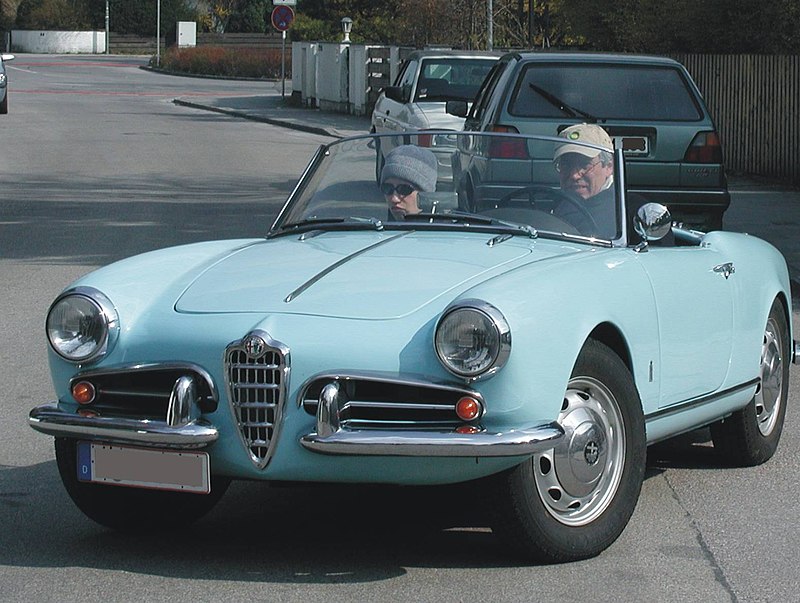
.jpg/800px-1956_Alfa_Romeo_Giulietta_Spider_-_Flickr_-_The_Car_Spy_(2).jpg)
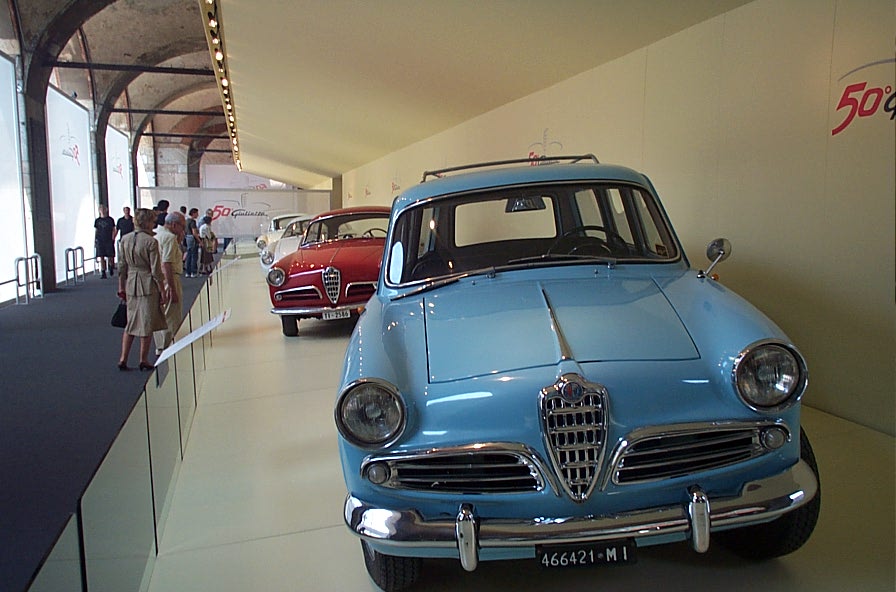
.jpg/1024px-1963_Alfa_Romeo_Giulia_TZ_in_ivory_(Lime_Rock).jpg)


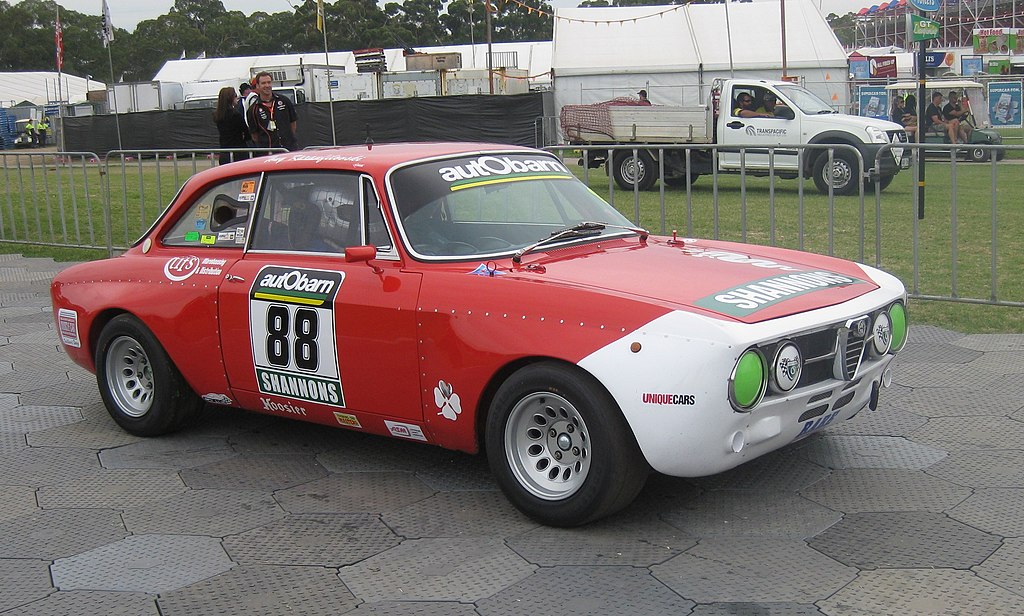
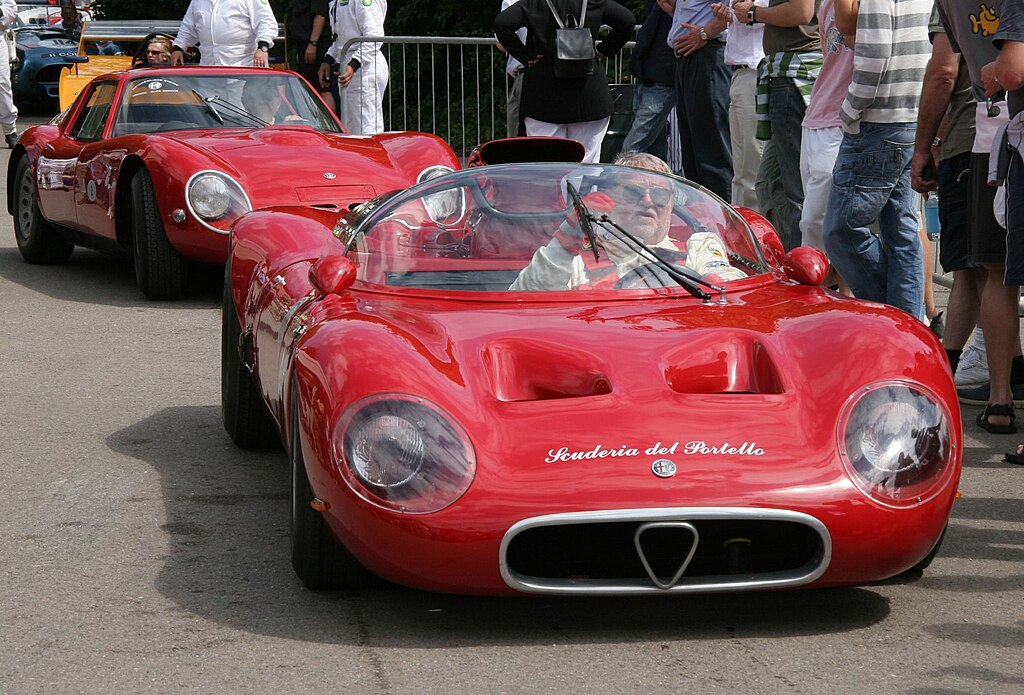


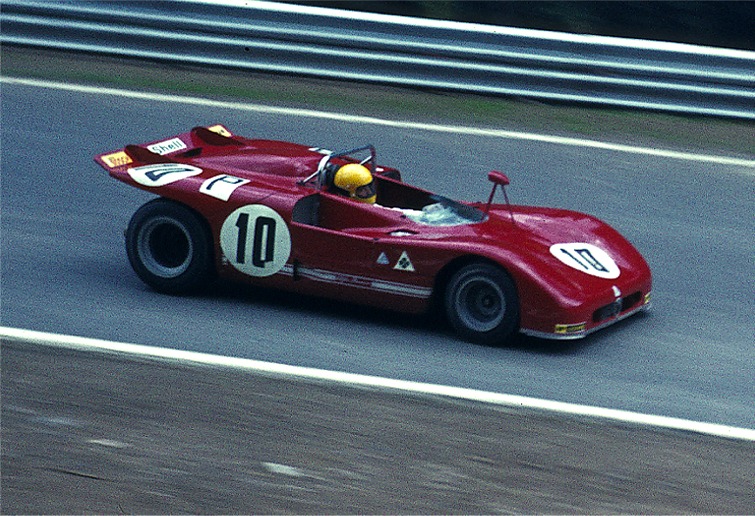





.jfif)


No comments:
Post a Comment